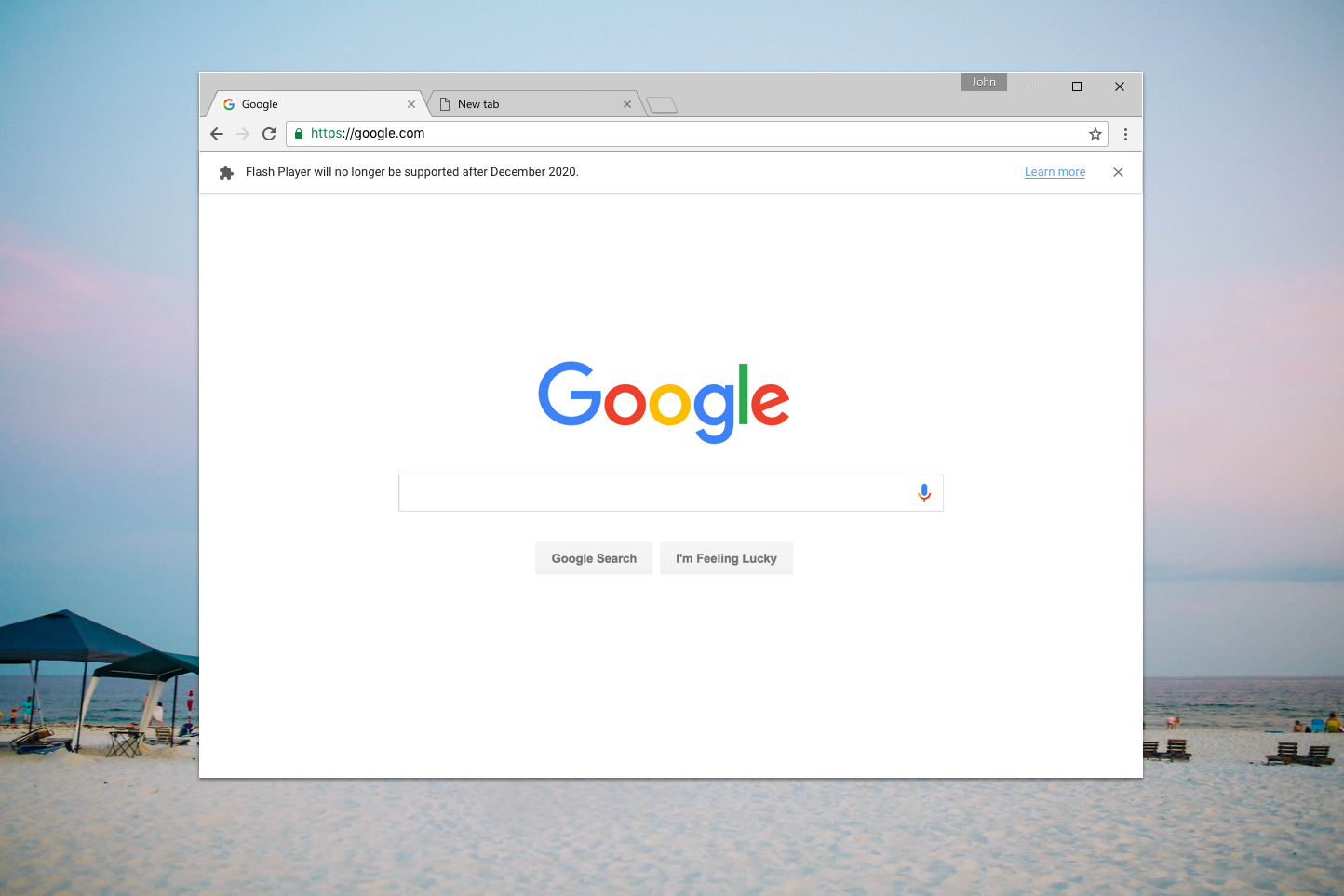In Chrome 76, we've added support for:
Google Chrome 76 is the most popular web browser in the world. Its source code is proprietary, but it is based on the open-source Chromium browser. Chrome integrates with other Google applications, such as Gmail, Google Analytics, Search Console, and Google Docs. The device you have runs on Chrome OS, which already has Chrome browser built-in. No need to manually install or update it — with automatic updates, you’ll always get the latest version. Supports Chrome version 76 Includes the following changes over version 76.0.3809.12: Fixed a bug that incorrectly rejected POST requests with empty body in OSS mode. Google Chrome is a fast, simple, and secure web browser, built for the modern web. Speed Chrome is designed to be fast in every possible way. It's quick to start up from your desktop, loads web pages in a snap, and runs complex web applications lightning fast. Simplicity Chrome's browser window is streamlined, clean and simple. Try out brand new Chrome Browser features in a pre-release build. Choose this option if you want to install the beta version of Chrome Browser to test its functionality and performance in your environment. Get the 64-bit and 32-bit beta bundles. Chrome beta MSI (64-bit) Chrome v.
prefers-color-schememedia query, bringing dark mode to websites.- An install button in the omnibox to make installation of Progressive Web Apps on desktop easier.
- Preventing the mini-infobar from appearing on Progressive Web Apps on mobile.
- More frequent updates of WebAPKs.
- And plenty more.
I'm Pete LePage, let's dive in and see what's new for developers in Chrome 76!
PWA Omnibox Install Button #
In Chrome 76, we're making it easier for users to install Progressive Web Apps on the desktop, by adding an install button to the address bar, sometimes called the omnibox.
If your site meets the Progressive Web App installability criteria, Chrome will show an install button in the omnibox indicating to the user that your PWA can be installed. If the user clicks the install button, it's essentially the same as calling prompt() on the beforeinstallprompt event; it shows the install dialog, making it easy for the user to install your PWA.
See Address Bar Install for Progressive Web Apps on the Desktop for complete details.
More control over the PWA mini-infobar #
Chrome 76+
On mobile, Chrome shows the mini-infobar the first time a user visits your site if it meets the Progressive Web App installability criteria. We heard from you that you want to be able to prevent the mini-infobar from appearing, and provide your own install promotion instead.
Starting in Chrome 76, calling preventDefault() on the beforeinstallprompt event will stop the mini-infobar from appearing.
Chrome 76 Offline Installer
Be sure to update your UI - to let users know your PWA can be installed. Check out Patterns for Promoting PWA Installation for our recommend best practices for promoting the installation of your Progressive Web Apps.
Faster updates to WebAPKs #
When a Progressive Web App is installed on Android, Chrome automatically requests and installs a Web APK. After it's been installed, Chrome periodically checks if the web app manifest has changed, maybe you've updated the icons, colors, or changed the app name, to see if a new WebAPK is required.
Starting in Chrome 76, Chrome will check the manifest more frequently; checking every day, instead of every three days. If any of the key properties have changed, Chrome will request and install a new WebAPK, ensuring the title, icons and other properties are up to date.

See Updating WebAPKs More Frequently for complete details.
Dark mode #
Many operating systems now support a dark mode, or dark theme.
The prefers-color-scheme media query, allows you to adjust the look and feel of your site to match the user's preferred mode.
Tom has a great article Hello darkness, my old friend on web.dev with everything you need to know, plus tips for architecting your style sheets to support both a light, and a dark mode.
Chrome 76 Release Date
And more! #
These are just a few of the changes in Chrome 76 for developers, of course, there's plenty more.
Promise.allSettled()#
Personally, I'm really excited about Promise.allSettled(). It's similar to Promise.all(), except it waits until all of the promises are settled before returning.
Reading blobs is easier #
Blobs are easier to read with three new methods: text(), arrayBuffer(), and stream(); this means we don't have to create a wrapper around file reader any more!
Image support in the async clipboard API #
And, we've added support for images to the Asynchronous Clipboard API, making it easy to programmatically copy and paste images.
Further reading #

This covers only some of the key highlights, check the links below for additional changes in Chrome 76.
Subscribe #
Chrome 76 Download
Want to stay up to date with our videos, then subscribe to our Chrome Developers YouTube channel, and you'll get an email notification whenever we launch a new video.
Chrome 76 Isn't Supported
I'm Pete LePage, and as soon as Chrome 77 is released, I'll be right here to tell you -- what's new in Chrome!
Last updated: •Improve article
- Resolved issue 3214: ChromeDriver78: Sendkeys resets text selection with contenteditable
- Resolved issue 3376: Remove LaunchApp command from ChromeDriver
- Resolved issue 3432: Sometimes NavigationTracker fails to detect when the page has finished loading
- Resolved issue 3481: New Print endpoint according to w3c spec
- Resolved issue 3488: driver.get doesn't throw error when proxy is wrong configured
- Resolved issue 3502: Use document.hasFocus() to check if element is focused
- Resolved issue 3515: selenium.common.exceptions.WebDriverException: Message: unknown error: bad inspector message
